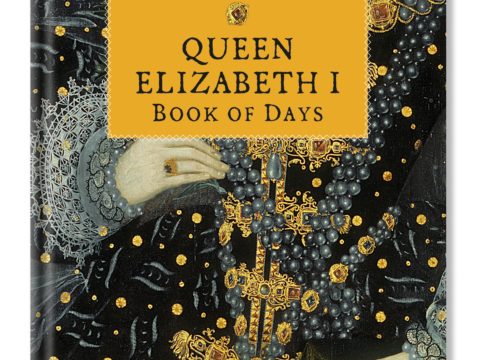Margaret Tudor and the Battle of Flodden
A Tale of Two Queens
Chapter 2 : The Battle
The Battle of Flodden began after days of appalling weather, with the Scots pikemen advancing down Branxton hill. The wind and rain battered them and the soft ground broke up their formation, but they remained in good order, walking in eerie silence. The English described them as ‘Germanic’. At Linlithgow Palace Margaret Tudor could only await news from the battlefield. The tranquility and crystal air at Linlithgow had made this the pleasure palace of the Stewarts and Margaret led a pampered life here. Outside the King James’s private chambers, the waiting room had a board game cut into the floor for people to pass the time, and a spear used to take fish from the loch is still kept at the palace. A room in the northwest Tower, which has sweeping views across the open countryside, is that at which, in romantic tradition, Margaret scanned the horizon for the expected messengers. On 10th September rumours reached Edinburgh of mass casualties and a crushing defeat for the Scots, and it was not long after that Margaret learned the full, and terrible, story.
The English had counter attacked the pikemen on foot, using the bill, a simple hook on the end of a pole. This allowed them to strike the Scots at close quarters. But, one Englishman complained, the Scots were ‘such large and strong men, they would not fall when four or five bills struck them’. A desperate struggle had been fought ‘with great slaughter, sweating and travail’ on both sides before the battle had ended in defeat for the Scots. Ten thousand of them lay slain: ‘The prime o' our land.. cauld in the clay..’ is how they are remembered in the pipers lament ‘The Flowers of the Forest’, played today at the funerals of fallen servicemen. The dead included earls, lords and even bishops. But the most significant was Margaret’s husband. His body had fallen near the royal Scottish banner of the red lion rampant. King James’s left hand was almost severed, his throat gashed, and an arrow was shot through his lower jaw. The English commander, Surrey, was rewarded for the English victory over James with the restoration of the family title, Duke of Norfolk, and chose a new augmentation to his heraldic arms. Still used by the family, it recalls the spectacle of James’s corpse: a red lion rampant, with an arrow though its head.
That night the English soldiers, who had lost 4000 of their countrymen, toasted their victory with Scottish beer - which they commented was surprisingly good. Katherine of Aragon, meanwhile, wrote to her sister in law to assure her, ‘The Queen of England for the love she bears the Queen of Scots would gladly send a servant to comfort her’ in her grief. But to Henry, Katherine expressed a rather different emotion - pride that she had helped to kill a king. Katherine had wanted to send James’s head to France, ‘but’ she complained, ‘our Englishmen’s hearts would not suffer it’. Instead she sent Henry the chequered surcoat taken from James’s body, which she suggested he use as his banner. Looking at it, ‘rent and torn with blood’ Henry said James had, ‘paid a heavier penalty for his perfidy than we would have wished’. And years later, when Henry planned to divorce Katherine and marry Anne Boleyn, he still recalled with trepidation her ability to ‘carry on a war’ as ‘fiercely as her mother had done in Spain’.






